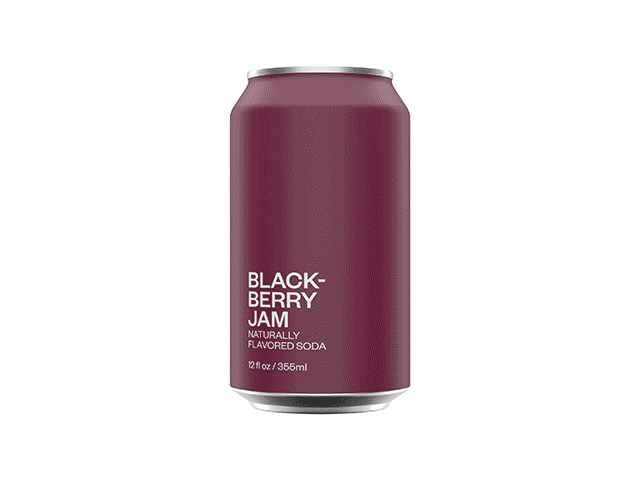Key insights:
Pantry stockpiling during the pandemic aside, numbers suggest that consumers have been approaching their fill of Big Soda for a few years now.
Between 2015 and 2019, annual sales of carbonated beverages grew 3.6%, from $27.7 billion to $28.7 billion, according to data from market research firm IRI. Throughout the same time period, the bottled water category, which includes seltzer and sparkling water, increased 28.3%, from $13.8 billion to $17.7 billion. While smaller in total dollar amount, energy drinks and sports drinks have also expanded, rising 26.9% and 12.9% respectively.
Aware that carbonated soft drinks have acquired a negative reputation for their sugar content, Marisa Zupan decided the time was right to build a new brand around the following idea: What if soda didn’t have to be so bad?
That new brand is United Sodas of America, which debuted this week.
“The soda opportunity was really interesting to us because, of course, no one was developing a soda,” said Zupan, who serves as United Sodas’ CEO. “Obviously, we need something different. That’s why people are moving away from sodas. That’s why this category is not growing.”
Made with organic sweeteners and no artificial ingredients, each 12 fluid ounce can of United Sodas of America contains 30 calories and 6 grams of sugar. A can of Coca-Cola, by comparison, contains 140 calories and 39 grams of sugar. Meanwhile, Sprite is 140 calories and has 38 grams of sugar. United Sodas of America comes in 12 flavors, ranging from Cherry Pop, Gingery Ale and Orange Nectarine to Toasted Coconut, Blackberry Jam and Extra Peach.
Zupan, who has a background in brand strategy, said her new beverage line isn’t aimed at millennials. It’s for anyone with taste buds.
“We’re looking to create a beverage to convert people from not wanting soda to having a soda that they love to drink again,” she said.


In a large sense, the rise of flavored seltzer water, from LaCroix to PepsiCo’s Bubly, has supported Zupan’s belief that consumers are on the hunt for something that doesn’t involve the high-fructose corn syrup often found in soda products.
“For us, the size of the seltzer category indicated the size of the need for an alternative,” said Zupan.
And while the aim is to entice with a better-for-you beverage, Zupan noted that she didn’t want that attribute to be the main selling point. To that end, Zupan decided to avoid associating any traditional health and wellness cues with the brand. United Sodas of America was made in partnership with Alex Center, who formerly worked at Coca-Cola leading strategy and design for beverage brands Vitaminwater, Smartwater and Powerade.
United Sodas of America is only available on the company’s website right now. A 12-pack costs $34.99, including shipping. The brand also offers a monthly subscription service.
While the plan is to eventually get into retail—soda cans are heavy and require more packaging to ship than, say, a lipstick—Zupan said it’s crucial for a new brand to control its own channel and build ties with its customer base before expanding. The DTC approach will allow the brand to dialogue with customers directly, providing a better understanding of their needs, wants and reactions to new flavors and price sensitivities.
“What a brand needs today is to have that relationship and to have the data to back that relationship,” said Zupan. “It can only make our retail relationships stronger.”
It’s a method that even the major CPG manufacturers are beginning to embrace. Earlier this week, PepsiCo introduced its own DTC platforms with the intention of not just selling more products, but doing more effective consumer research, too.
https://www.adweek.com/brand-marketing/united-sodas-of-america-wants-to-make-pop-great-again/

